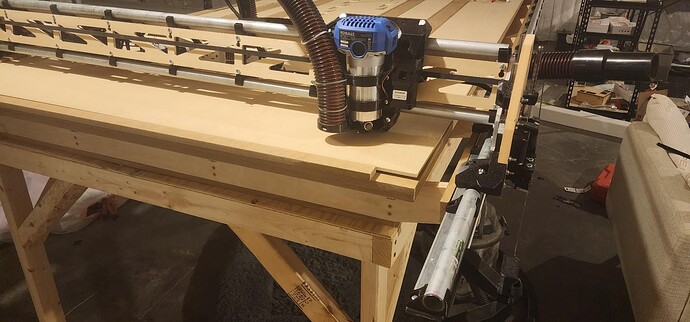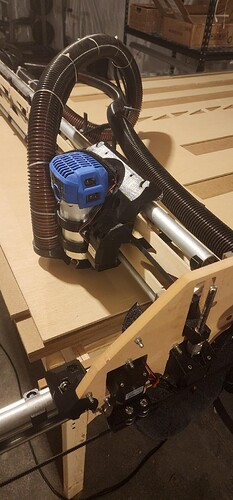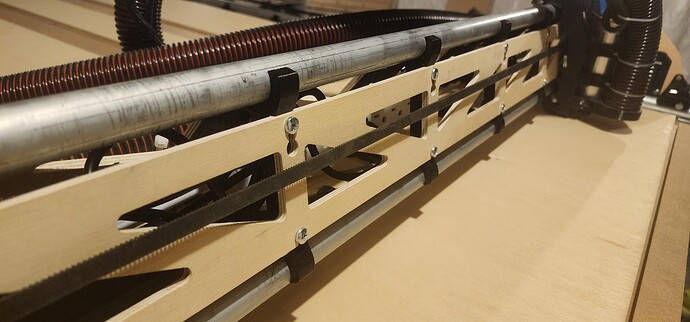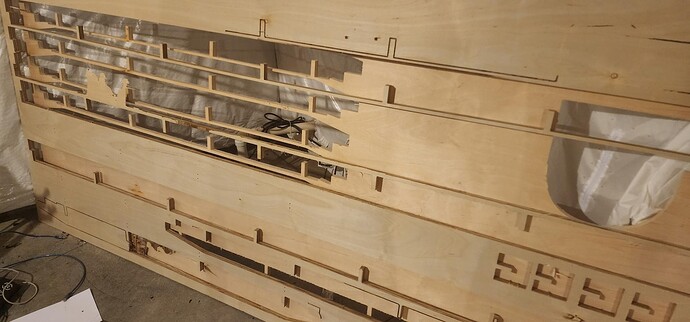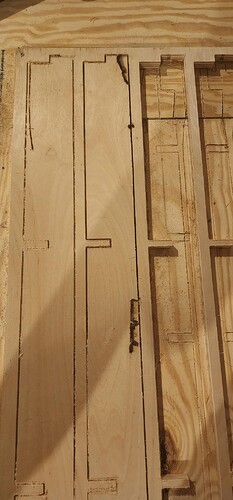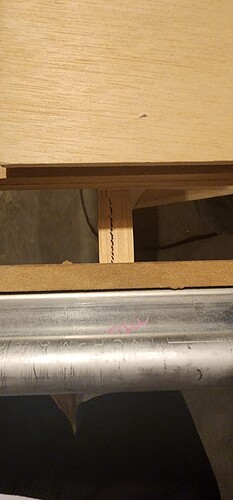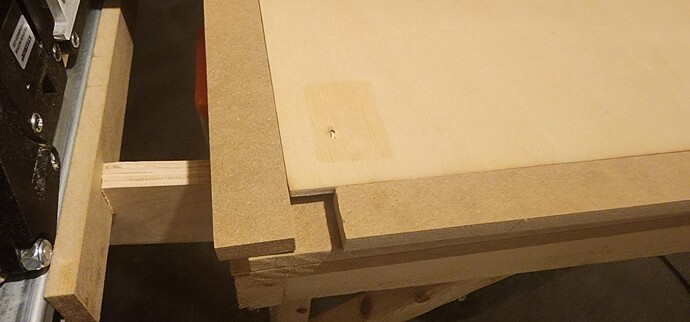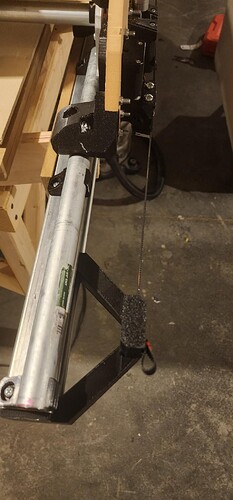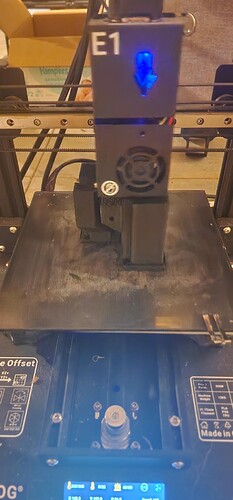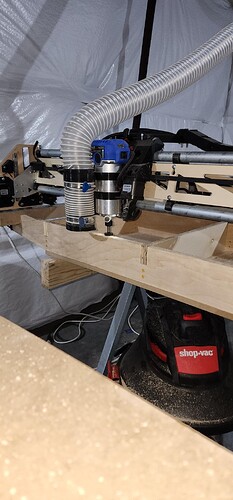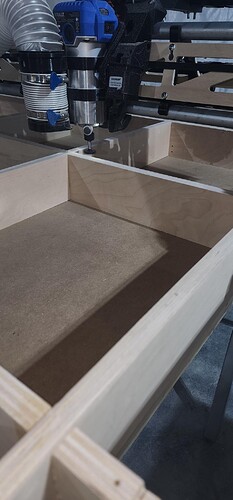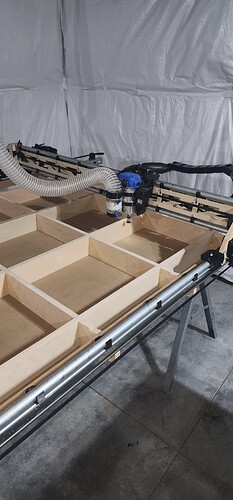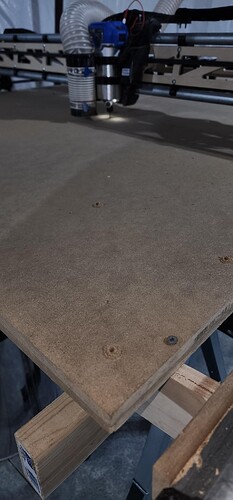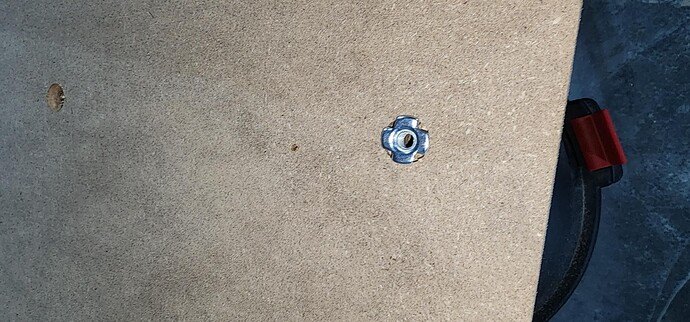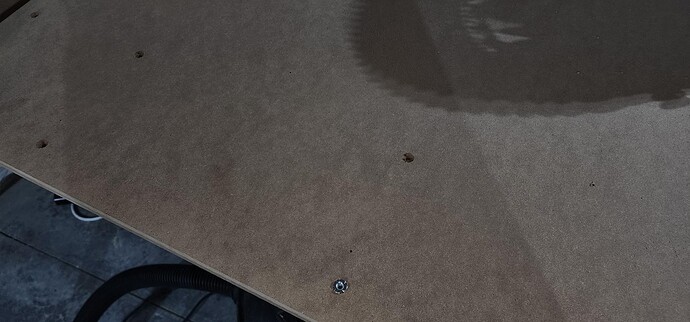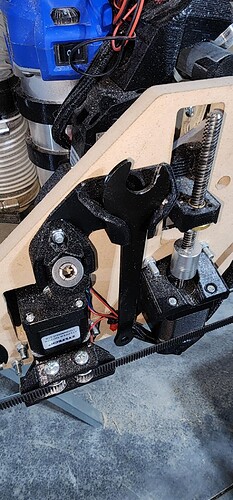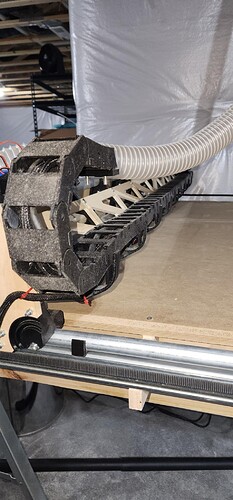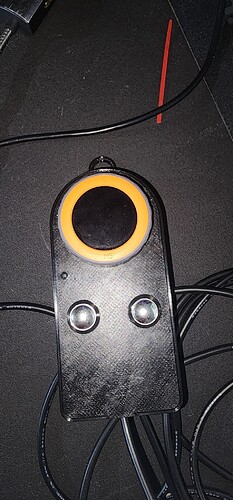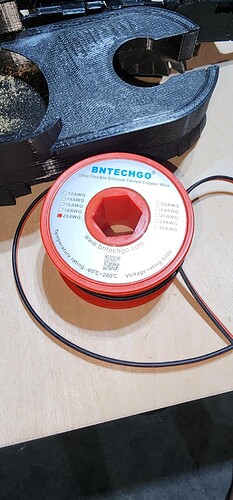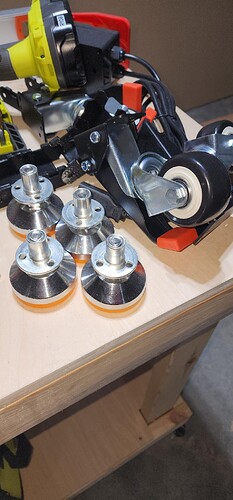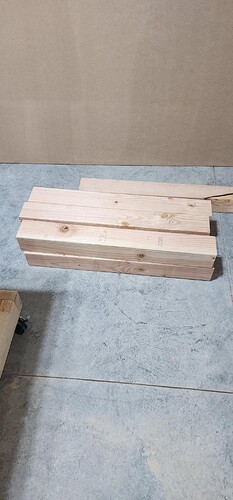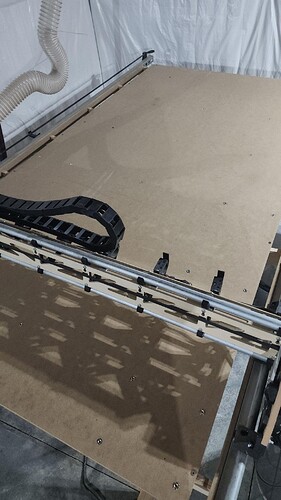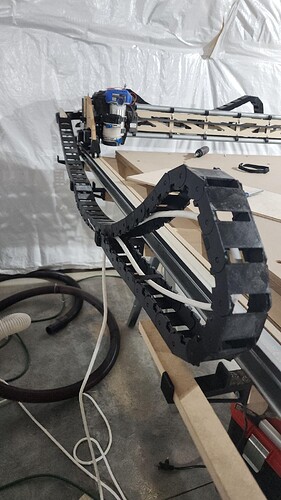I want to start by expressing my gratitude to V1 Engineering for their Lowrider v3 CNC router kit. It’s a game-changer for someone like me, providing an affordable yet full sheet-capable CNC router kit. As a beginner in this field, I acknowledge my limited knowledge, so my observations and suggestions are just reflections of my personal experience.
My primary objective with this machine is to create cabinetry from plywood of various thicknesses (3/4in, 1/2in, 1/4in). I invested in the full hardware kit, the jackpot control board, all the 3D printed parts, metal XZ plates, 3/4in EMT rails, and precut YZ plates. A valuable addition to the hardware kit would be a touch plate and a set of bits. For the router, I used the Kobalt 1.25hp variable speed.
Owning two 3D printers, I initially considered printing the parts myself but later decided that purchasing pre-printed parts was more economical and time-efficient.
The assembly process was mostly smooth, with a few challenges. Aligning the linear bearings was tricky, but I managed it by adjusting the screws in the YZ plates carefully and using silicone lube. I encountered connectivity issues with the end-stop connectors, likely due to my installation, and resolved this by soldering the connections. There was a minor issue with the Z1 connector on the jackpot board, but it was quickly fixed with a replacement.
One of my projects was building Doug’s parametric table with metal uni-strut rails. The initial cuts and movement of the Lowrider on the floor for the strut braces were thrilling. Assembling the struts onto the gantry was a bit tedious due to the positioning of the nuts, but it got easier with practice.
I faced a hiccup with the DXF file for the strut braces, which included an extra gantry brace not in my kit. I 3D printed this missing piece and installed it. Cutting the 3/4in plywood took some trial and error – I used up two and a half sheets due to the learning curve.
For the parametric table, I relied heavily on the Bootstrapping parametric table post. Determining the correct parameters for a snug fit was challenging. I wish the design included a test DXF file linked to the parameters for trial and error. I ended up creating my test fits to figure out the needed parameters.
Getting the right speeds and feeds for the machine was a learning process, leading to issues like skipped steps and burnt wood. In hindsight, more test cuts would have been beneficial. Some benchmark files for beginners would be a great addition.
The third plywood panel was successfully cut and assembled into the table, glued and screwed together. I cut the MDF panel to size, using leftover strips as backboards. Cutting the uni-strut to size and attaching it to the x-spars was straightforward, although I faced some splitting in the x-spars despite pre-drilling.
I’m currently 3D printing extenders for the uni-strut. Future plans include adding a reference fence and low-profile clamps for securing plywood sheets.
Building and using the Lowrider v3 has been a mix of excitement, frustration, and learning. Despite the challenges, I’d definitely recommend this machine and would undertake this project again.
